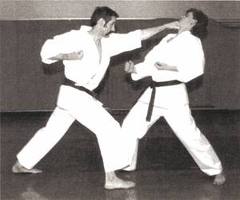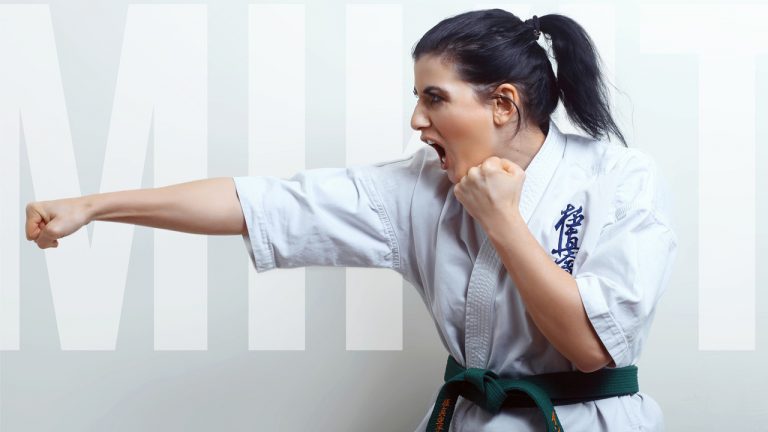Today, let’s talk about Karate Moves for Beginners. Karate is a traditional form of martial arts that originated in Okinawa, Japan. It is known for its powerful punches, kicks, and fluid movements. Whether you are interested in self-defense or simply want to improve your fitness level, learning some basic karate moves can be a great way to challenge yourself and break a sweat.
Karate Punches

One of the fundamental techniques in karate is the punch. Proper form and technique are essential for generating maximum power and minimizing the risk of injury. To execute a perfect karate punch, follow these steps:
- Stance: Stand with your feet shoulder-width apart, keeping your knees slightly bent. Distribute your weight evenly on both feet.
- Guard: Place one hand in front of your face, with the elbow tucked close to your body. This hand acts as a shield to protect you from incoming strikes.
- Extension: Extend your punching arm fully, while rotating your fist. Your palm should be facing the floor at the start, and end with your knuckles facing forward.
- Retraction: After the punch, quickly retract your arm back to the guard position to protect yourself.
- Breathing: Exhale sharply as you punch, and inhale as you retract your arm.
Remember, practice makes perfect. Start slowly, focusing on technique and gradually increase your speed and power as you become more comfortable.
Kojutsukan: To Punch or Not to Punch

Another aspect of karate that is worth exploring is the philosophy behind each technique. Karate is not solely about physical strength and fighting skills but also emphasizes discipline, respect, and mindfulness.
Kojutsukan is a Japanese term often used in karate to describe the art of controlling your actions and adapting to the situation appropriately. It highlights the importance of making conscious decisions instead of blindly reacting with force. Instead of mindlessly punching, practitioners of Kojutsukan seek to understand their opponent’s movements, utilizing redirection and timing to neutralize attacks.
By practicing Kojutsukan, karate practitioners develop a deep sense of focus, self-discipline, and mental fortitude. It teaches individuals to be aware of their surroundings and respond thoughtfully rather than resorting to aggression. This philosophy can be applied not only in martial arts but also in our everyday lives.
So, whether you’re a beginner or have some experience in martial arts, exploring the world of Karate can be a rewarding journey. Improve your physical well-being while immersing yourself in a rich tradition that goes far beyond mere punches and kicks. Embrace the philosophy of Kojutsukan, and you’ll discover a new level of discipline and mindfulness that can positively impact various aspects of your life.
If you are searching about karate basic punch Japanese name🥋 – YouTube you’ve came to the right web. We have 5 Images about karate basic punch Japanese name🥋 – YouTube like 3 Basic Karate Punches (step by step guide) – The Karate Blog, Karate Moves for Beginners and also 3 Basic Karate Punches (step by step guide) – The Karate Blog. Here you go:
Karate Basic Punch Japanese Name🥋 – YouTube

www.youtube.com
karate
Karate Moves For Beginners

made4fighters.com
How To Drastically Improve The Power Of Your Karate Punch?

www.thekaratelifestyle.com
punch power karate improve drastically
Kojutsukan: To Punch Or Not To Punch

kojutsukan.blogspot.com
punch karate duels realism swashbuckling look fiction historical
3 Basic Karate Punches (step By Step Guide) – The Karate Blog

thekarateblog.com
karate punches
3 basic karate punches (step by step guide). Kojutsukan: to punch or not to punch. Karate punches








